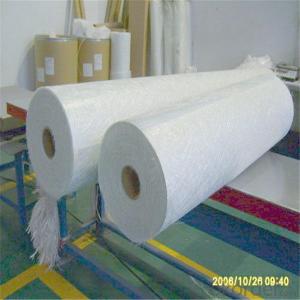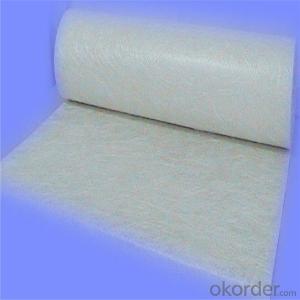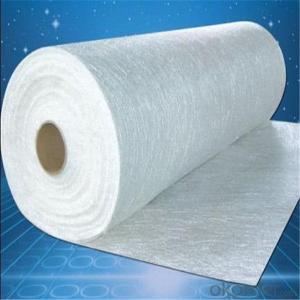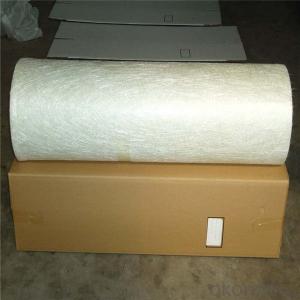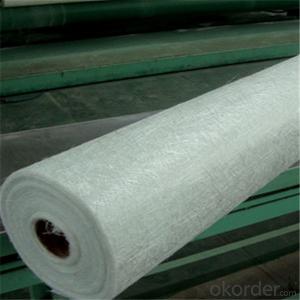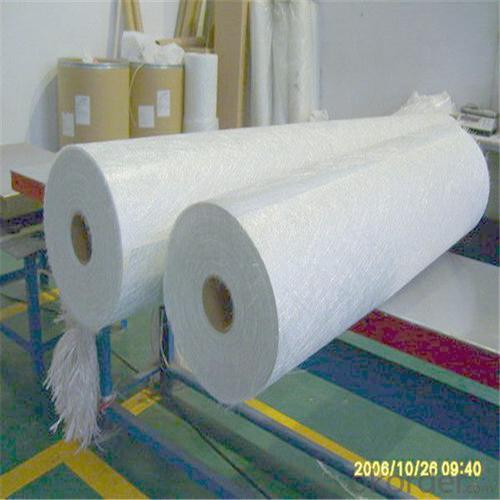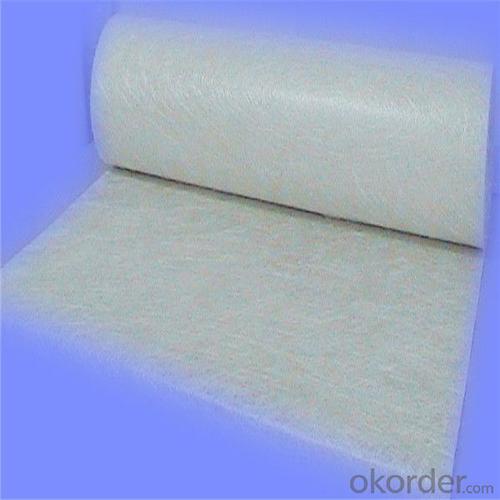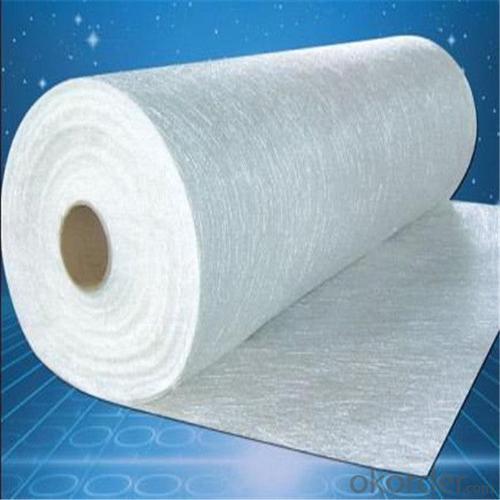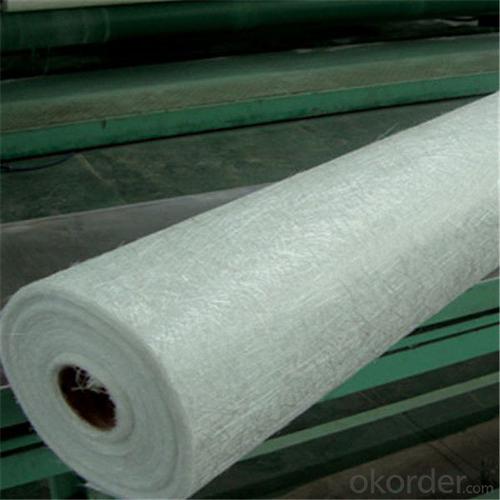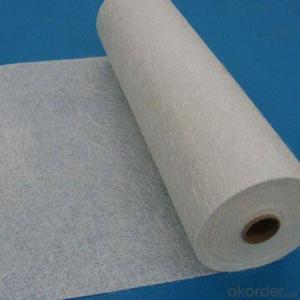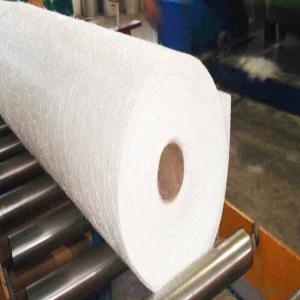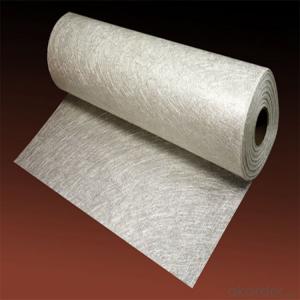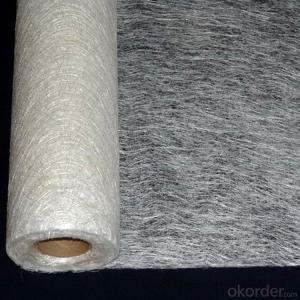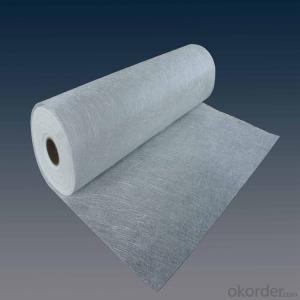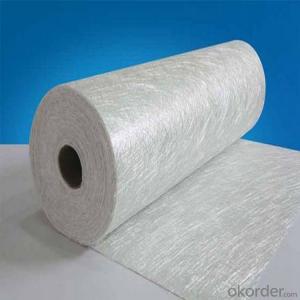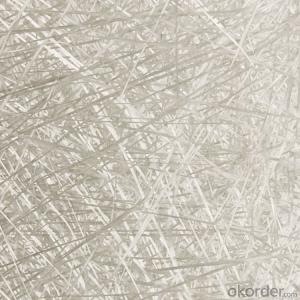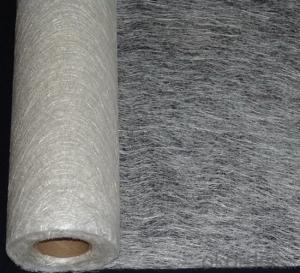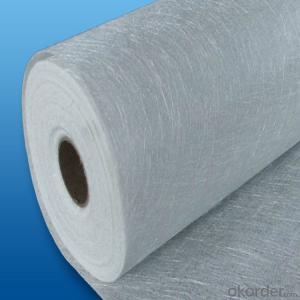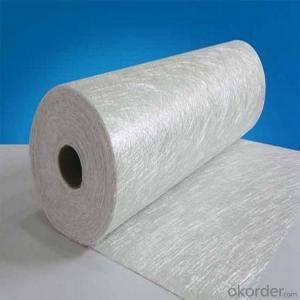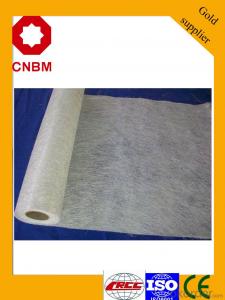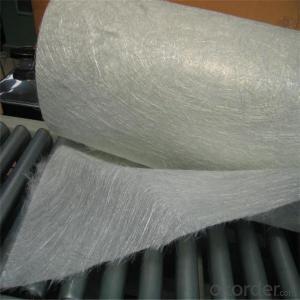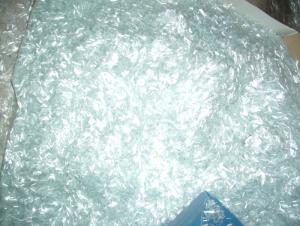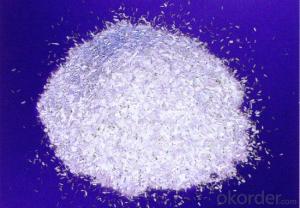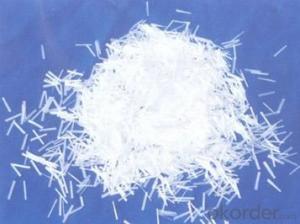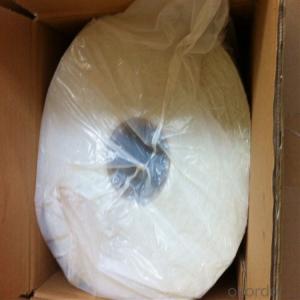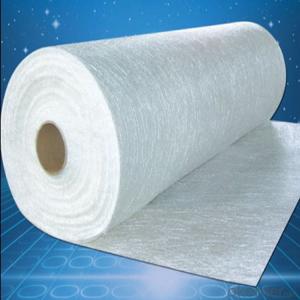Ar Fiberglass Chopped Strand 300g 450g 600g Fiberglass Reinforcement Mat
- Loading Port:
- Tianjin
- Payment Terms:
- TT OR LC
- Min Order Qty:
- 100 m.t.
- Supply Capability:
- 20000 m.t./month
OKorder Service Pledge
Quality Product, Order Online Tracking, Timely Delivery
OKorder Financial Service
Credit Rating, Credit Services, Credit Purchasing
You Might Also Like
Quick Details
| Technique: | Chopped Strand Fiberglass Mat (CSM) | Dimensions: | 450gsm | Mat Type: | Continuous Filament Mat |
| Fiberglass Type: | E-Glass | Softness: | softness | Place of Origin: | Jiangxi, China (Mainland) |
| Brand Name: | cnbm | Model Number: | 450gsm | color: | white |
| fiberglass type: | E glass | product: | e-glass powder chopped stand mats | binder: | powder or emulsion |
| width: | 1040 or 1270mm, as your requirement | weight: | 30 or 45kg/roll | paper tube diameter: | 90mm |
| outer diameter of roll: | 256mm | packing: | plastic film+carton box + pallet |
Packaging & Delivery
| Packaging Details: | plastic film+carton box + pallet |
| Delivery Detail: | 15-20days |
Specifications
1.e-glass powder chopped stand mats
2.binder:power or emulsion
3.width:1040mm or 1270mm
4.weight:450gsm
Picture
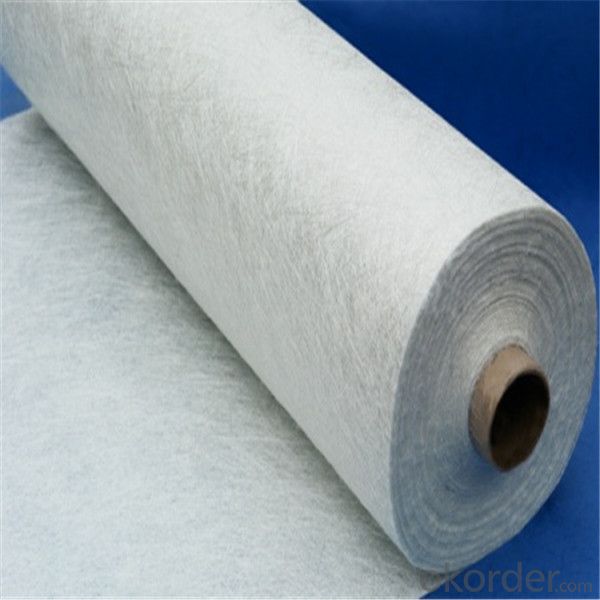
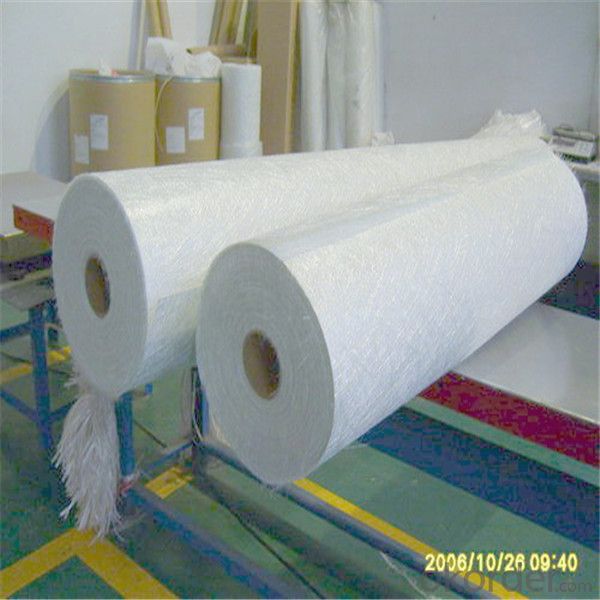

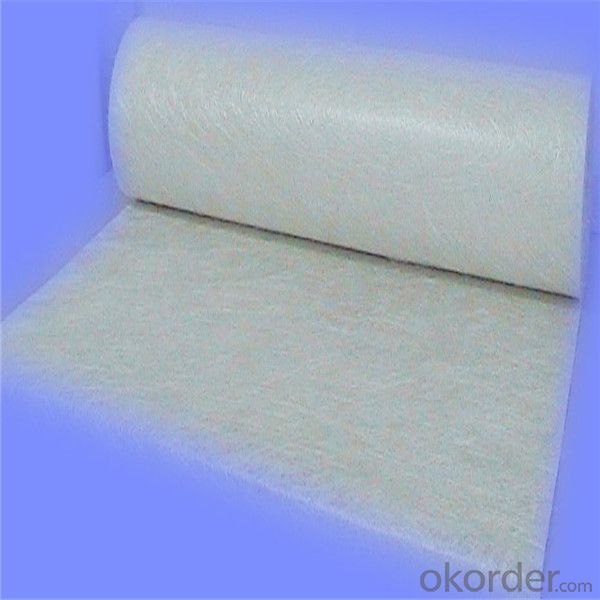
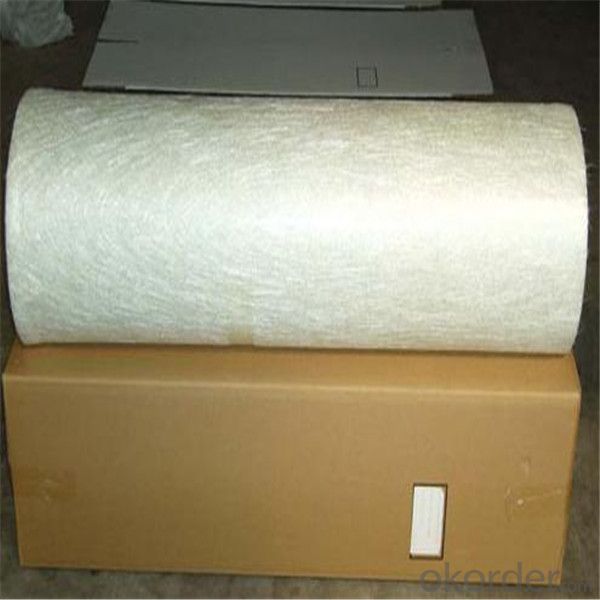
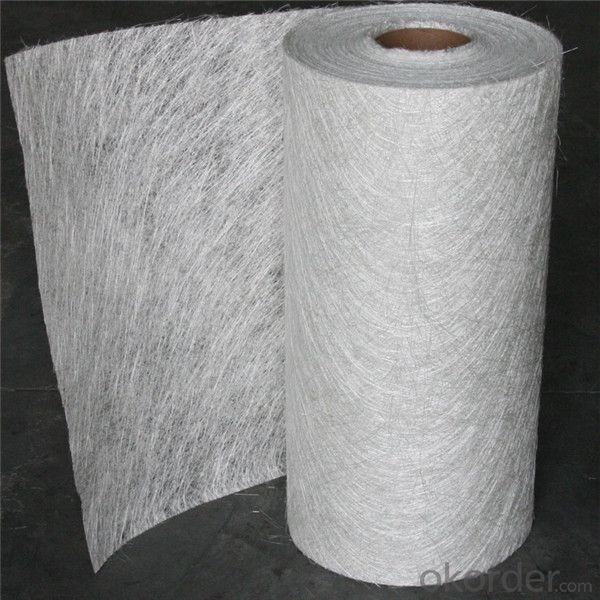
- Q: Can fiberglass chopped strand be used in the production of medical prosthetics?
- Yes, fiberglass chopped strand can be used in the production of certain medical prosthetics. It is commonly used in the manufacturing of prosthetic limbs and braces due to its lightweight, durable, and cost-effective properties.
- Q: Can fiberglass chopped strand be used in consumer product applications?
- Yes, fiberglass chopped strand can be used in consumer product applications. Fiberglass chopped strand is a versatile material that is commonly used in various consumer products, including but not limited to, automotive parts, sports equipment, household appliances, and furniture. It offers excellent strength-to-weight ratio, impact resistance, and dimensional stability, making it suitable for a wide range of applications. Additionally, fiberglass chopped strand can be easily molded or incorporated into different manufacturing processes, such as injection molding or compression molding, allowing for the production of complex shapes and designs. Overall, fiberglass chopped strand is a reliable and cost-effective material choice for consumer product applications.
- Q: Does fiberglass chopped strand improve the vibration damping properties of composite materials?
- Yes, fiberglass chopped strand can improve the vibration damping properties of composite materials. The random fiber orientation and high aspect ratio of chopped strands help dissipate and absorb vibrations, reducing their transmission through the composite structure. This enhances the overall vibration damping capabilities of the material.
- Q: Is fiberglass chopped strand easy to handle and process?
- Fiberglass chopped strand is generally acknowledged as being easy to handle and process. It consists of small, short fibers that are cut to a specified length, typically around 1-3 inches. These fibers are usually mixed with a binder or resin and used in various applications, including reinforced plastics, composites, and insulation. The versatility and ease of use are among the main advantages of fiberglass chopped strand. The short length of the fibers makes them simpler to handle compared to longer continuous fibers. They can be easily mixed with resins or binders and then molded or formed into desired shapes. The chopped strands can also be easily dispersed into a matrix material, ensuring even distribution of the reinforcement throughout the product. Moreover, fiberglass chopped strand offers excellent wet-out properties, which means it can easily absorb and bond with resins or other matrix materials. This guarantees proper adhesion and strength in the final product. In addition to its ease of handling and processing, fiberglass chopped strand has several other benefits. It is lightweight, strong, and corrosion-resistant, making it an ideal choice for various applications. It also provides effective thermal and electrical insulation properties. All in all, fiberglass chopped strand is a convenient and efficient material to work with. Its ease of handling and processing, combined with its desirable properties, have made it a popular choice in industries such as automotive, construction, and aerospace.
- Q: Does fiberglass chopped strand have any fungal resistance?
- Yes, fiberglass chopped strand does have some level of fungal resistance. The inorganic nature of fiberglass makes it less susceptible to fungal growth compared to organic materials. However, it is still important to note that prolonged exposure to high moisture or humid conditions can potentially promote fungal growth on the surface of fiberglass. Regular cleaning and maintenance are necessary to ensure the longevity and fungal resistance of fiberglass chopped strand.
- Q: Can fiberglass chopped strand be used in the production of wind turbine nacelles?
- Yes, fiberglass chopped strand can be used in the production of wind turbine nacelles.
- Q: How is the dimensional stability of fiberglass chopped strand composites determined?
- The dimensional stability of fiberglass chopped strand composites is typically determined through various testing methods such as thermal expansion testing, moisture absorption testing, and creep testing. These tests assess how the material responds to changes in temperature, humidity, and long-term load, allowing researchers to evaluate its ability to maintain its shape and size over time.
- Q: How does the size of fiberglass chopped strand affect its performance?
- The size of fiberglass chopped strand can have a significant impact on its performance. Generally, larger chopped strands provide increased strength and stiffness to the final composite material. This is because longer strands offer more opportunities for interlocking and bonding with the resin matrix, resulting in a stronger overall structure. On the other hand, smaller chopped strands offer improved surface finish and better flowability of the resin during manufacturing. They can easily fill intricate molds and complex shapes, resulting in a smoother surface. Smaller strands also tend to have better wetting properties, ensuring better adhesion between the fibers and the resin matrix. However, it is important to note that the optimal size of chopped strand depends on the specific application and desired properties of the final product. For example, in applications where high strength is crucial, such as in structural components, longer strands are preferred. Conversely, in applications where surface finish and aesthetics are important, smaller strands are more suitable. In conclusion, the size of fiberglass chopped strand plays a crucial role in determining its performance characteristics. Selecting the appropriate size is essential to achieve the desired mechanical properties, surface finish, and overall performance of the composite material.
- Q: How does the fiber-matrix interfacial shear strength distribution of fiberglass chopped strand affect the properties of composites?
- The distribution of interfacial shear strength between the fiber and matrix in fiberglass chopped strand plays a crucial role in determining the properties of composites. This shear strength refers to the ability of the fiber and matrix to resist sliding against each other, directly impacting the mechanical performance and overall behavior of the composite material. A high distribution of interfacial shear strength indicates a strong bond between the fiber and matrix, resulting in improved mechanical properties. This strong bond allows for efficient transfer of loads between the fiber and matrix, leading to increased stiffness, strength, and toughness. Consequently, the composite becomes more durable and reliable in various applications, capable of withstanding external forces and resisting deformation. Conversely, a low distribution of interfacial shear strength signifies a weak bond between the fiber and matrix. This can lead to poor load transfer and reduced mechanical properties. The weak interface may cause fiber-matrix debonding or detachment, creating localized stress concentrations and potential failure points. As a result, the composite may exhibit lower strength, stiffness, and toughness, making it susceptible to damage and failure under applied loads. Furthermore, the interfacial shear strength distribution also affects other properties of composites, including thermal and electrical conductivity, as well as resistance to moisture and chemical degradation. A strong interfacial bond facilitates efficient transfer of these properties between the fiber and matrix, enhancing overall performance. In contrast, a weak bond hinders the transfer of these properties, resulting in reduced thermal or electrical conductivity, increased vulnerability to moisture ingress or chemical attack, and overall degradation of the composite material. In conclusion, the distribution of interfacial shear strength between the fiber and matrix in fiberglass chopped strand significantly influences the properties of composites. A high distribution enhances the mechanical performance, durability, and reliability of the composite, while a low distribution can lead to reduced strength, stiffness, and toughness, as well as compromised thermal, electrical, and chemical properties. Therefore, optimizing the strength of the interfacial bond is crucial for designing composites with desired properties for specific applications.
- Q: Can fiberglass chopped strand be used for reinforcing concrete?
- Fiberglass chopped strand is indeed suitable for reinforcing concrete. It comprises glass fibers that are chopped into shorter lengths and incorporated into the concrete mix. By doing so, these fibers effectively amplify the concrete's overall robustness, longevity, and crack resistance. Moreover, they contribute to managing shrinkage and minimizing crack formation. In addition to being lightweight, fiberglass chopped strand boasts corrosion resistance and outstanding performance in challenging surroundings. Consequently, it is frequently employed in various concrete applications such as slabs, walls, precast elements, and shotcrete.
Send your message to us
Ar Fiberglass Chopped Strand 300g 450g 600g Fiberglass Reinforcement Mat
- Loading Port:
- Tianjin
- Payment Terms:
- TT OR LC
- Min Order Qty:
- 100 m.t.
- Supply Capability:
- 20000 m.t./month
OKorder Service Pledge
Quality Product, Order Online Tracking, Timely Delivery
OKorder Financial Service
Credit Rating, Credit Services, Credit Purchasing
Similar products
Hot products
Hot Searches
Related keywords
